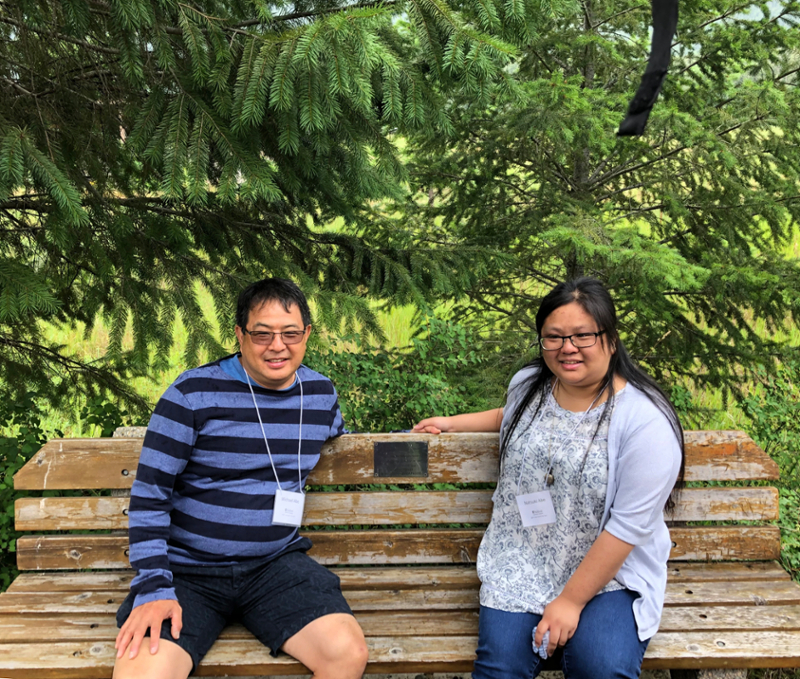Broken Promises
CAPI-based project Landscapes of Injustice's culminating museum exhibition and book offer novel perspectives on the Japanese Canadian experience during WWII
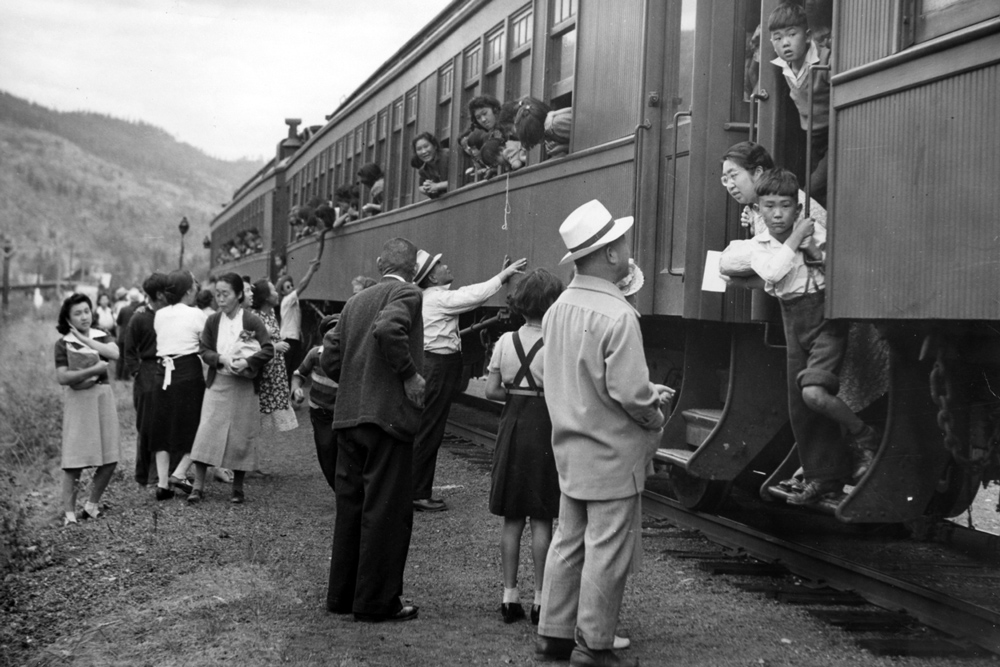
Landscapes of Injustice is a research and public history project exploring the dispossession of Japanese Canadians as part of their forced displacement and internment in the 1940s.
"In 1942, the Canadian government uprooted and interned all people of Japanese descent living in coastal British Columbia. The following year, it authorized the sale of everything that they had been forced to leave behind. As a result, when Canada's internment era finally ended in 1949, Japanese Canadians had nothing to return to. Their homes, farms, businesses, fishing vessels, cars, family pets, personal belongings - in short, everything that they had been unable to take with them - were gone." - From the introduction to the Landscapes of Injustice book
The dispossession was an epitomizing moment in the history of twentieth-century Canada: a core principle of liberal society—ownership in fee simple—collided with racial ideology. It transformed both individual lives and the broader fabric of Canadian society. Former property owners and their descendants still feel the shock of the forced sales, the destruction of their neighbourhoods, and the betrayal of the promise that the Canadian government would “protect and preserve” their land and possessions. Through seven years of multi-disciplinary, community engaged research, the Landscapes team has painstakingly uncovered the history and pieced together the legacies of these injustices in order to give them due recognition in the Canadian record.
In September 2020, Landscapes launched its capstone knowledge mobilization products the "Broken Promises" exhibit, eponymous book (McGill-Queen's), and complementary narrative website. Additional significant outputs, including a forthcoming searchable digital archive database of the project's extensive research collections and curricula materials developed for both elementary and secondary school classrooms will help to cement the story of Japanese Canadian dispossession and its lasting impacts and lessons in our nation's consciousness.
The project's four key claims:
1. The dispossession entailed the deliberate killing of home.
Home—the place where we belong—continues to hold meaning, even (and perhaps especially) for displaced people. When the Canadian government destroyed the homes of Japanese Canadians and sold all of their belongings, it compounded the harms of the internment.
2. Dispossession is hard work.
The dispossession required years of administrative work and the complicity of thousands of people. Hundreds of government officials laboured in the dispossession. Thousands of civilians stole and bought the belongings of their former neighbours. Japanese Canadians felt the burden of daily administration for an entire decade.
3. Perpetrators of the dispossession reasoned wrong.
Dispossession was not the work of angry racists alone. Although racism permeated the corridors of power, notions of citizenship, good governance, and fair play were also twisted in service of injustice. Ideals that Canadians now repudiate folded together with ones we still cherish to deprive citizens of their rights.
4. Dispossession is permanent.
The internment era was far too long—7 years, most of them after the Second World War had ended. But dispossession lasts forever. The lands, possessions, and opportunities lost can never be fully restored. The communities and neighbourhoods destroyed can never be fully rebuilt. Japanese Canadians and others live with legacies of shame, silence, regret, complicity, and loss. Even legacies of resilience and activism in the face of wrongdoing come with their own costs. We are heirs to landscapes of injustice.
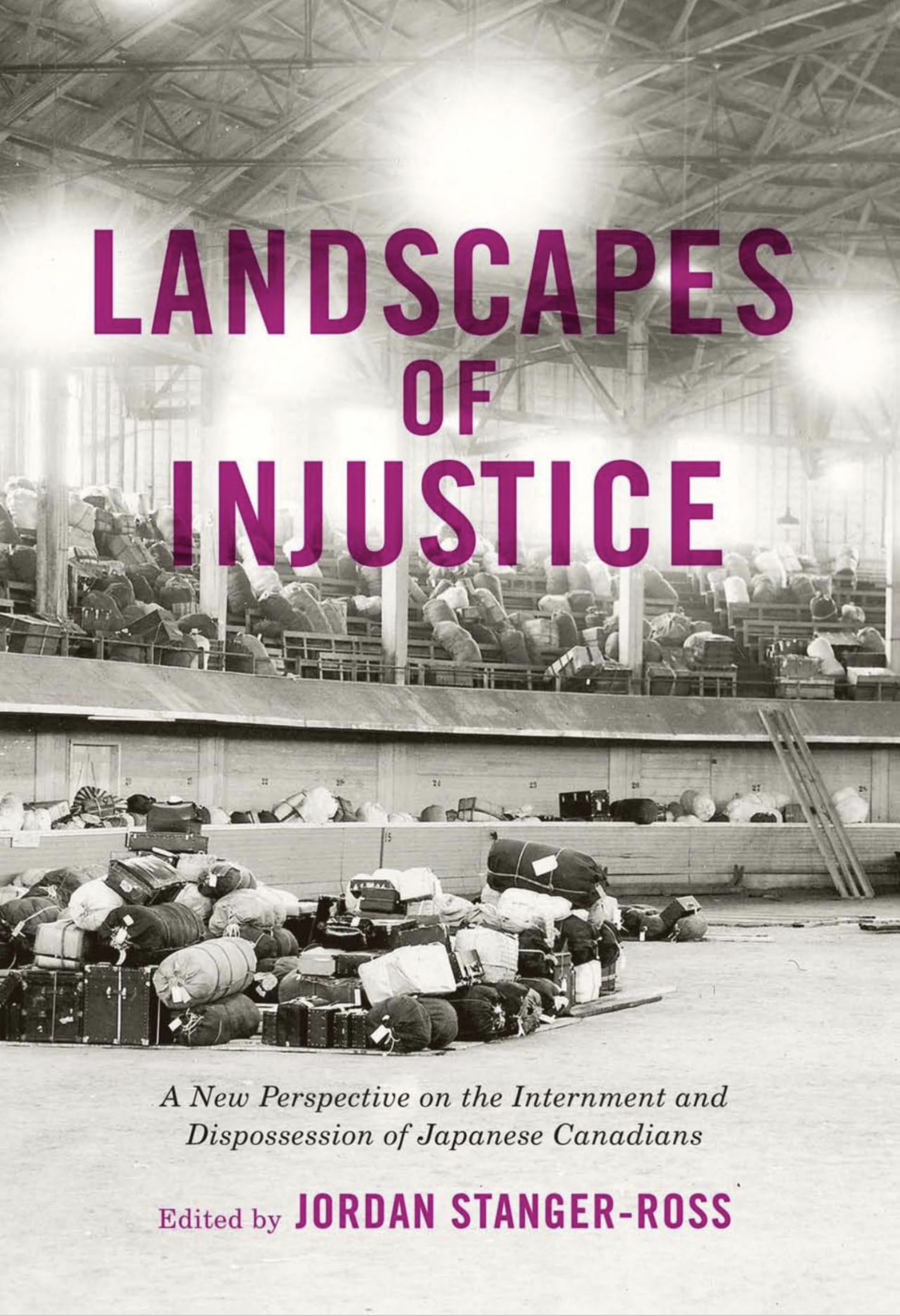
- From the introduction


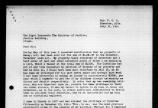
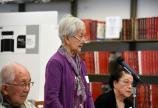
![]()
Project Manager Michael Abe and Research Assistant Natsuki Abe talked to Rohit Joseph on CBC Radio's All Points West to discuss how their family history has and hasn’t been passed down, and how the Landscapes of Injustice project is helping them explore their history and heritage.
Photo: Mike and Natsuki on a visit to the site at Lemon Creek, BC, where Mike's parents/Natsuki's grandparents were interned by the Canadian government along with 1,849 of their fellow Japanese Canadians (Aya Timmer).
